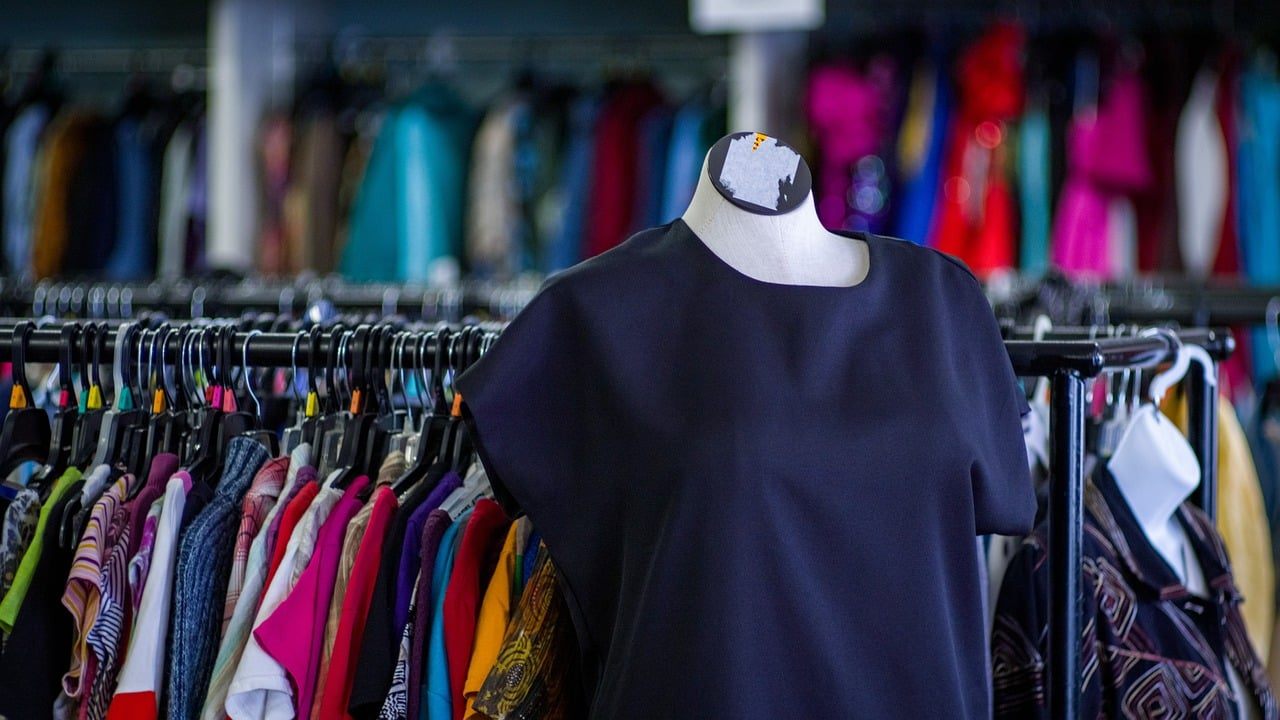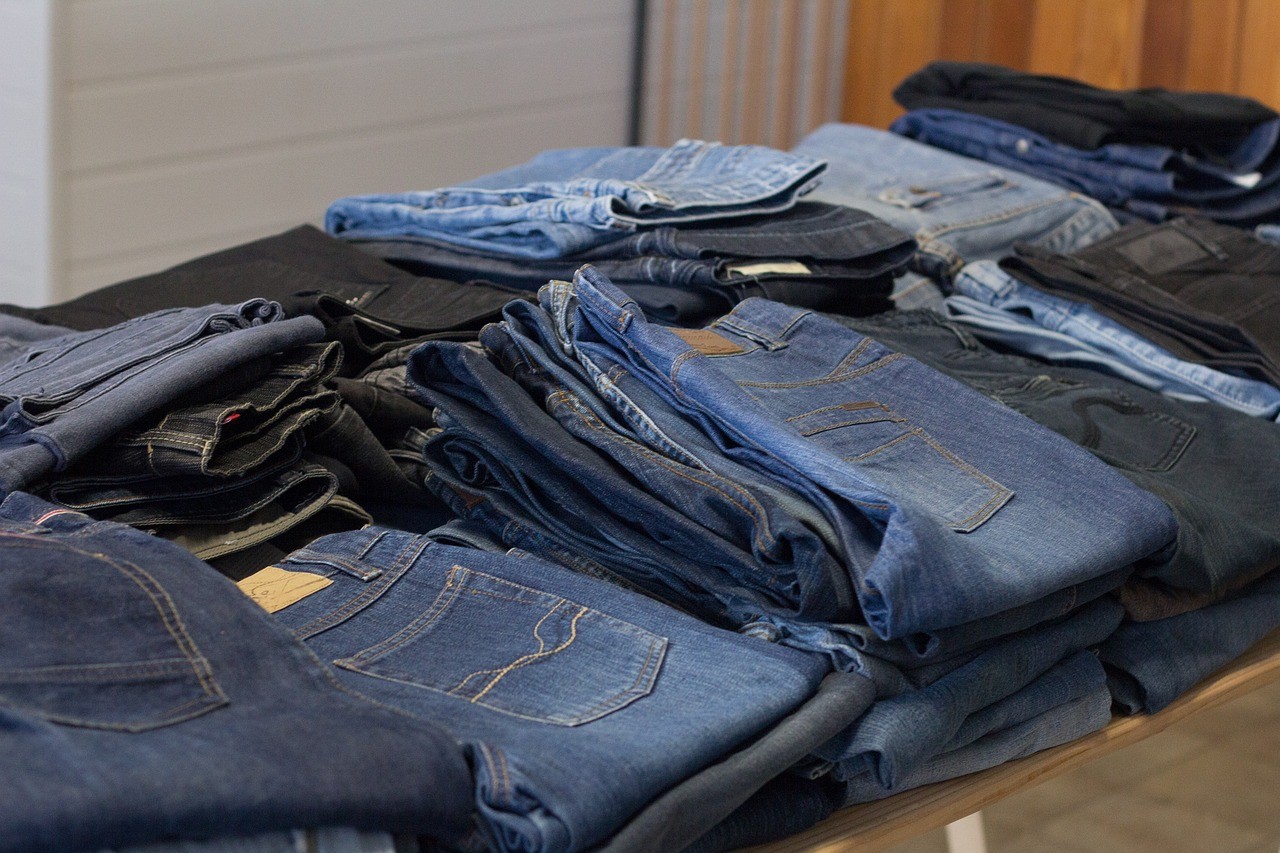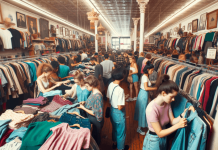Are you ready to unearth hidden treasures in the world of second-hand clothes, all while saving money and reducing your fashion footprint?
In a society increasingly embracing sustainability and thriftiness, the allure of second-hand clothing has never been more potent.
This article is your guide to scoring incredible deals on second-hand clothes, offering tips and insights to make your journey into pre-loved fashion both economically savvy and environmentally conscious.
Why Choose Second-Hand Clothes?
When it comes to fashion, second-hand clothes offer a wealth of benefits that go beyond mere thriftiness. Here are ten compelling reasons to consider embracing pre-loved clothing:
- Sustainability: Second-hand clothes contribute to a more sustainable fashion industry.
- Unique Style: They allow for individual, individualized fashion choices.
- Affordability: Second-hand clothing is typically budget-friendly.
- Quality Finds: You can discover high-quality, durable items.
- Vintage Appeal: Vintage and retro styles offer timeless charm.
- Experimentation: You can explore various styles without breaking the bank.
- Reduced Waste: Choosing second-hand reduces clothing waste.
- Charitable Support: Purchases often support charitable causes.
- Sentimental Value: Some pieces may hold sentimental significance.
- Personal Stories: Second-hand clothes come with unique histories.
These reasons illustrate the diverse advantages of second-hand clothes, making them an attractive choice for fashion-conscious individuals seeking both style and sustainability.

Where to Find Second-Hand Clothes
Knowing where to look is half the battle when scoring great deals on second-hand clothes. Here are some key places to explore for your next pre-loved fashion find:
- Thrift Stores: Thrift stores or charity shops are popular destinations for affordable second-hand clothing. They offer a wide range of options, from clothing to accessories.
- Consignment Shops: Consignment shops often carry higher-end and gently used items, making them an excellent choice for quality second-hand fashion.
- Vintage Boutiques: If you're searching for unique and retro styles, vintage boutiques are the go-to place for vintage clothing treasures.
- Online Marketplaces: Platforms like eBay, Poshmark, and Depop provide a vast selection of second-hand clothes you can browse from your home.
- Garage and Yard Sales: These can be goldmines for finding affordable second-hand clothing in your local community.
- Swap Parties: Organize or attend clothing swap events with friends or local communities to exchange items you no longer need for something new to you.
- Flea Markets: Flea markets often have vendors selling vintage and second-hand clothing alongside other unique items.
- Online Forums and Groups: Explore online forums and social media groups dedicated to buying, selling, and trading second-hand clothes.
- Auctions: Attend clothing or online auction websites to bid on vintage and collectible pieces.
- Estate Sales: Estate sales can yield various items, including clothing, at reasonable prices.
By exploring these different avenues, you can increase your chances of finding the perfect second-hand additions to your wardrobe while enjoying the thrill of the hunt.
Tips for Safe and Successful Online Shopping
In the digital age, online shopping has become increasingly popular, offering convenience and a wide range of options. However, to ensure a safe and successful online shopping experience, it's essential to follow these tips:
- Shop from Trusted Websites: Stick to reputable online retailers with secure websites and positive customer reviews.
- Use Secure Payment Methods: Prefer secure payment options like credit cards or digital wallets.
- Keep Personal Information Private: Be cautious about sharing unnecessary personal information online.
- Read Product Descriptions and Reviews: Thoroughly review product descriptions, specifications, and customer feedback.
- Understand Return Policies: Familiarize yourself with the retailer's return and exchange policies.
- Check for SSL Encryption: Ensure the website has "https://" and a padlock icon in the address bar.
- Monitor Your Accounts: Regularly review your financial statements for unauthorized transactions.
Following these guidelines will help you navigate the world of online shopping safely and successfully.
Identifying Quality Second-Hand Pieces
When you're into second-hand shopping, it's crucial to identify quality pieces. Knowing if a pre-loved item is worth adding to your wardrobe can save you time and money.
In this guide, we'll focus on three key aspects to consider when assessing second-hand clothing quality:
Inspecting clothing items for wear and tear:
- Examine the overall condition of the garment for signs of wear and tear, such as frayed seams, holes, or fabric thinning.
- Pay attention to areas prone to damage, like cuffs, collars, and hems.
- Take note of any visible damage that may affect the longevity and aesthetics of the clothing.
Checking for brand and fabric quality:
- Research the brand or label of the clothing item, as certain brands are known for their commitment to quality and craftsmanship.
- Familiarize yourself with fabric types and textures to assess the material's quality.
- Natural fibers like cotton, wool, silk, and linen are often preferred for durability and comfort.
Assessing the fit and condition of the garment:
- Try on the clothing item if possible to determine how it fits and is comfortable.
- Pay attention to the condition of elements like zippers, buttons, and snaps to ensure they are intact and functional.
- Evaluate the overall appearance of the garment, including color retention, fading, and any signs of excessive wear or aging.
Considering these aspects, you'll become a confident shopper, making informed choices for a stylish, sustainable wardrobe with pre-loved fashion.
Tips for Bargaining and Negotiating Prices
Effective bargaining and negotiation can be your secret weapons when scoring the best deals on second-hand clothes. Here are some concise tips to help you get the prices you want while maintaining a positive interaction with sellers:
Polite negotiation strategies:
- Approach negotiations with courtesy and respect.
- Express your interest in the item and ask if there's room for negotiation.
- Be willing to compromise and find a middle ground.
How to ask for discounts without offending the seller:
- Inquire about discounts politely by mentioning any imperfections or wear on the item.
- Offer a reasonable and respectful counteroffer if the initial price is too high.
- Express gratitude whether the seller accepts your offer or not.
The art of bundling items for a better deal:
- Consider purchasing multiple items from the same seller.
- Inquire about bundle discounts or if the seller can reduce the overall price for multiple purchases.
- Be prepared to negotiate the bundle price to your advantage.
These tips will help you navigate the bargaining process smoothly, increasing your chances of securing great deals while maintaining a positive rapport with sellers.

Selling and Upcycling Second-Hand Clothes
Exploring beyond buying second-hand clothes, selling, and upcycling can be financially rewarding and environmentally responsible. Here's a guide:
Reselling Second-Hand Clothes:
- Sell gently worn clothing using online platforms or consignment stores.
- Price items fairly and provide accurate descriptions and photos.
Upcycling or Customizing Second-Hand Clothes:
- Repurpose old clothing creatively.
- Develop sewing or crafting skills to transform items.
Donating and Sharing:
- Donate clothing to charities or participate in clothing swaps.
- Share pre-loved items with friends and family.
Evaluating Potential:
- Assess the condition and potential of items.
- Determine the best course of action for each item.
Environmental Impact:
- Recognize the positive ecological impact.
- Contribute to reducing clothing waste and supporting sustainability in fashion.
By exploring these approaches, you can maximize the value of your second-hand clothing while contributing to sustainable and creative fashion practices.
Concluding Thoughts on Scoring Great Deals on Second-Hand Clothes
Armed with the tips from this guide, you're well-prepared to score great deals on second-hand clothes, whether in thrift stores or online marketplaces.
By embracing the world of pre-loved fashion, you save money and play a part in reducing clothing waste and promoting sustainability.
So, go ahead, enjoy the treasure hunt, and build a more eco-conscious and stylish wardrobe. Happy thrifting!



